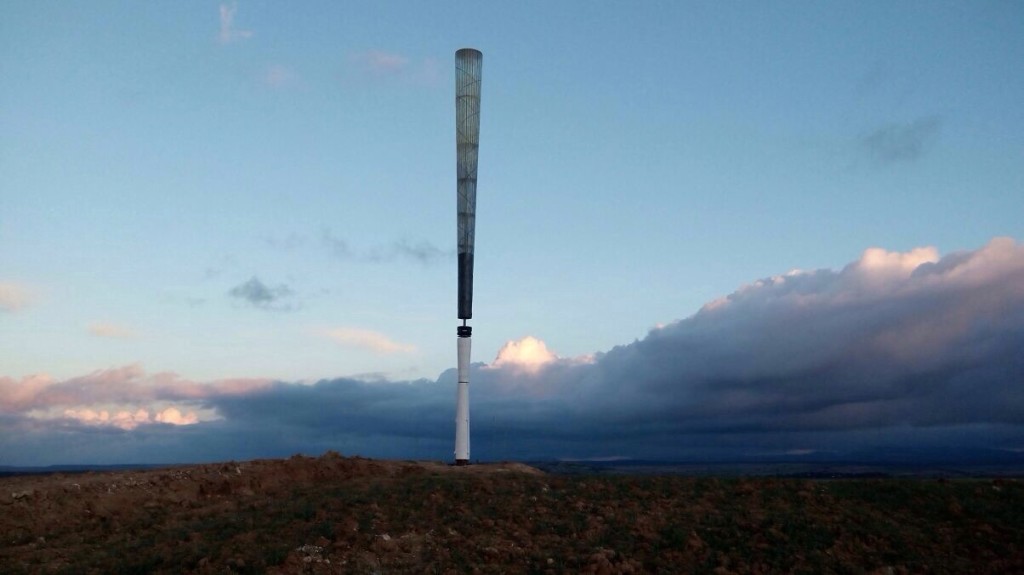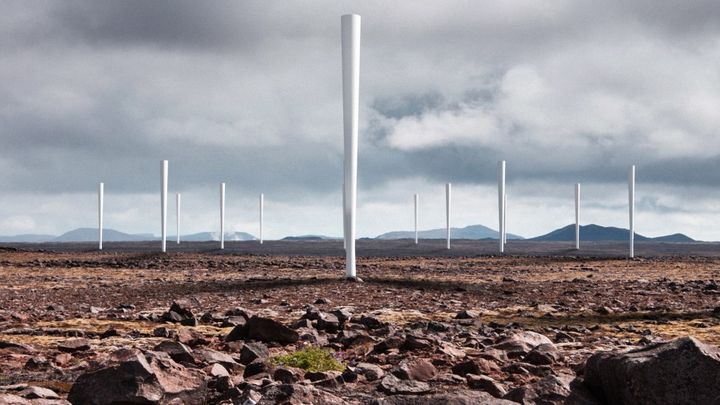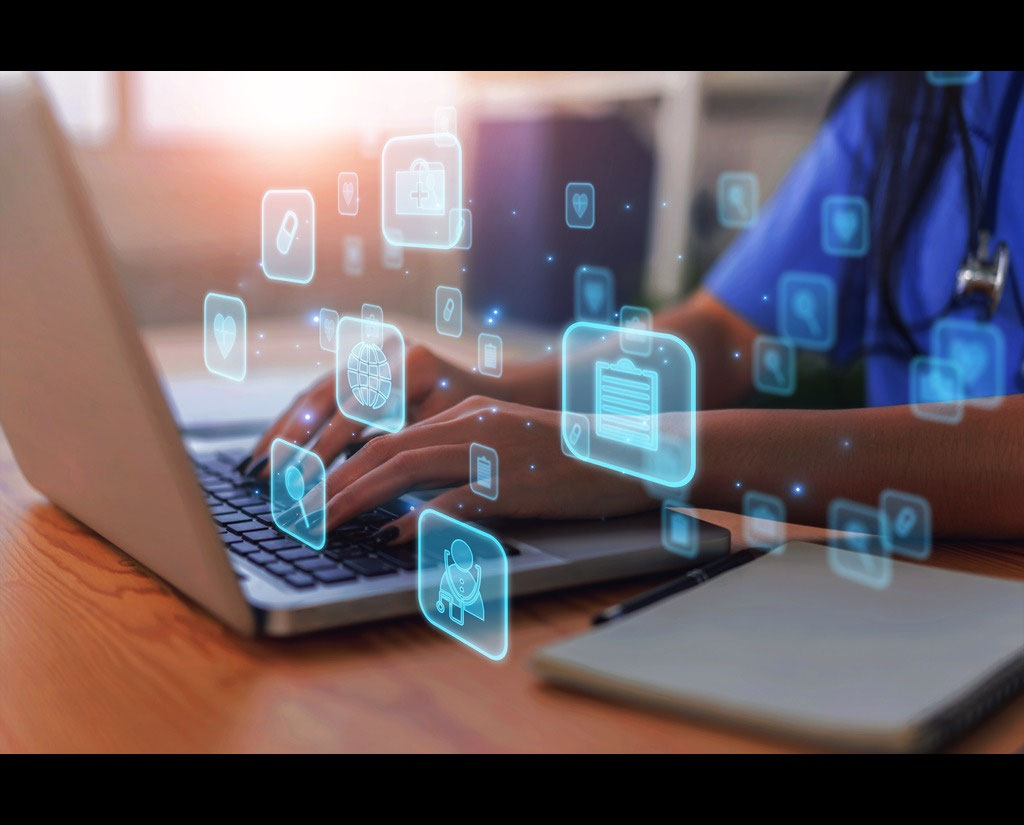
Harnessing the power of wind energy
When it comes to clean energy, wind power is considered one of the most reliable and sustainable alternatives. And thanks to the combination of improved technology and diminishing prices, its adoption has increased in recent years. However, before wind can become the most viable form of alternative energy, certain barriers need to be overcome.
For example, there are some indications that large-scale wind farms can cause high levels of bird and bat mortality, and large turbines and wind blades have been known to have a negative impact on local aesthetics. Luckily, these issues are leading to innovative solutions that are making wind power an even more attractive option. For example, the Spanish company named Vortex Bladeless recently unveiled their design for a wind turbine that generates electricity without the need of rotating blades.
A turbine without blades?
In what one of the co-designers described as looking like "asparagus", the turbine uses the force created by natural wind vortices to generate electricity. Basically, if you put an object in the path of wind, it will create an undulating vortex behind the barrier. Structural engineers have understood this for some time, and have designed tall-standing buildings and structures (like the Burj Khalifa) to either withstand or channel them. Vortex Bladeless, on the other hand, designed their turbine to take advantage of this effect.
The thin, cone-shaped turbine is made of carbon fiber and fiberglass with the motor at the bottom. This design ensures that the wind's vortex spins synchronously along the entire cone, which causes it to oscillate back and forth and generate mechanical energy from the motor.. The designers also mounted a ring of magnets at the base to give the rotation a boost, regardless of wind speed.

A Vortex Bladeless prototype being tested in the field. Credit: indiegogo.com
Advantages of the bladeless design
There are many advantages to the Vortex design. For starters, it is cheaper to manufacture than current pinwheel turbines. It is also cheaper to maintain, seeing as how the design does not involve friction between moving parts. It is also completely silent, and birds can fly around them without fear of being sucked in or chopped to pieces by blades.
Naturally, there are those who are skeptical about the efficiency of such a design - which is a common point whenever a new form of alternative energy is introduced. However, the Vortex's designers insist that their turbine has been computationally modeled, tested in a wind tunnel, and have already conducted prototype tests using the Vortex Atlantis, a 100 W model.
The founders further claim that their Vortex Mini - the 13 meter (42 feet), 4 KW model - can capture up to 40% of the wind’s power during ideal conditions. Based on field testing, they admit that while the Mini is 30% less efficient than conventional wind turbines, that this shortcoming is compensated by the fact that you can put double the amount of Vortex turbines into the same space as a propeller turbine.
In the coming months, they plan to deploy both the Atlantis and Mini models for private homes in developing countries, or small constructions like radio antennas. By 2018, they hope to finish development of the Vortex Grand, a 150 meter tall version of the Bladeless (which is comparable in size to conventional turbines) that will be capable of generating 1 MW of power.

Artist's concept of a Wind Stalks field, with the Dubai skyline visible in the background. Credit: atelierdna.com
Other innovations in wind and turbine technology
Of course, this is not the only example of innovative new turbine technology to emerge in recent years. Earlier this year, the French company New Wind unveiled a revolutionary idea with their Wind Tree concept. Standing just 11 meters tall and looking very mich like a real tree, a single Wind Tree supports 72 vertical-axis micro-turbines that harness gentler winds to generate electricity.
And back in 2010, the New York-based design firm Atelier DNA also proposed a revolutionary concept known as the Wind Stalk. Designed for use in the UAE's Masdar City project, the concept involves 203 stalks (55 meters high and made from carbon fiber) that are anchored to a concrete base. and connected to underground torque generators. When the wind blows, the stalks move, causing the generators to generate electricity.
Vortex Bladeless began working on their design in 2010 and has already raised $1 million from private capital and government funding in Spain, To fund commercial development of their product in the US, they recently launched a crowdfunding campaign on Indiegogo. After just 12 days, they have already raised more than $55,209 USD (from their original goal of $50,000).
Innovations like these are what is leading to a revolution in wind power, and some very optimistic appraisals for its adoption. In 2014, the Department of Energy estimated that by 2050, wind power could account for as much as 35% of the US' electrical production. An even more optimistic appraisal came from the Global Wind Energy Council and Greenpeace International. Together, they released a report in 2014 that stated how wind power could account for as much as 25 to 30% of global electricity demands by 2050.
Clearly, small-scale, bladeless wind energy is something that consumers want! And with time, and combined with solar power, they could be providing well over half the world's energy needs.
Got ideas on how alternative energy could be improved? Then head on over to the Launch Your Challenge page and get ready to make a difference!








